
Film has made it possible for the most horrible things imaginable to be seen and explored, from horrendous bloody murder, pedophiles, oppression, and the true mundanity of life. The concept of being disturbed is more based on individual’s life experiences and culture, creating a complex psyche of fear around certain topics.
With disturbing films, there is a fine line between the film existing to portray or further an idea or get a directive across, or just existing as what many refer to as torture porn. The following films cover taboo subjects, are filled with disturbing images, and will leave you with an introspective experience that you soon will not forget.
10. Happiness (1998)
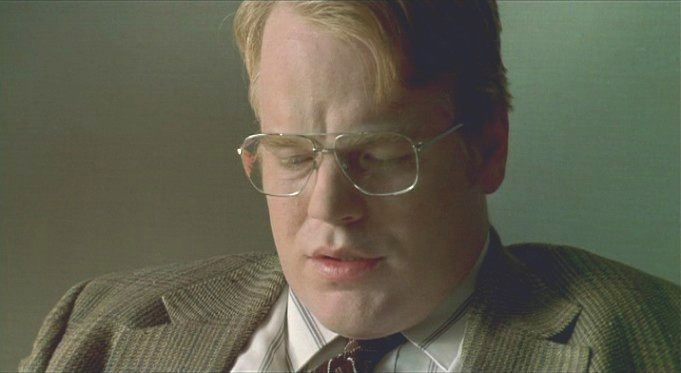
The second film from Todd Solondz, “Happiness”, revolves around the lives of three sisters and the obscure ways their lives are interconnected. The eldest sister, Trish Maplewood (Cynthia Stevenson), is a happy suburban housewife married to Bill (Dylan Baker), a psychiatrist who harbors a dark lust for prepubescent boys that he is not great at controlling.
The middle sister, Helen Jordan (Lara Flynn Boyle), is a successful author whose dream life has left her unfulfilled and in search of more. Due to her fame and success, Helen can have any man she desires, but is only intrigued by a strange caller who repeatedly sends her obscene phone calls (Philip Seymour Hoffman). The youngest of the sisters, Joy (Jane Adams), finds herself unsatisfied in life, love, and career. All of which she tries to fix at one time, only leading to the further destruction of her life.
The disturbing elements of this film revolve around Bill’s pedophilic interactions with his son’s friends, and the dull dissatisfaction that the characters have with their lives at their varying levels of success, not to mention the reoccurring theme of male ejaculation.
Overall, this film is a very dark comedy that harbors on the ideas of secret desires and how often acting on fantasies will only lead to disappointment. With a spectacular cast and direction, “Happiness” executes its taboo themes with taste and humor.
9. Eraserhead (1977)
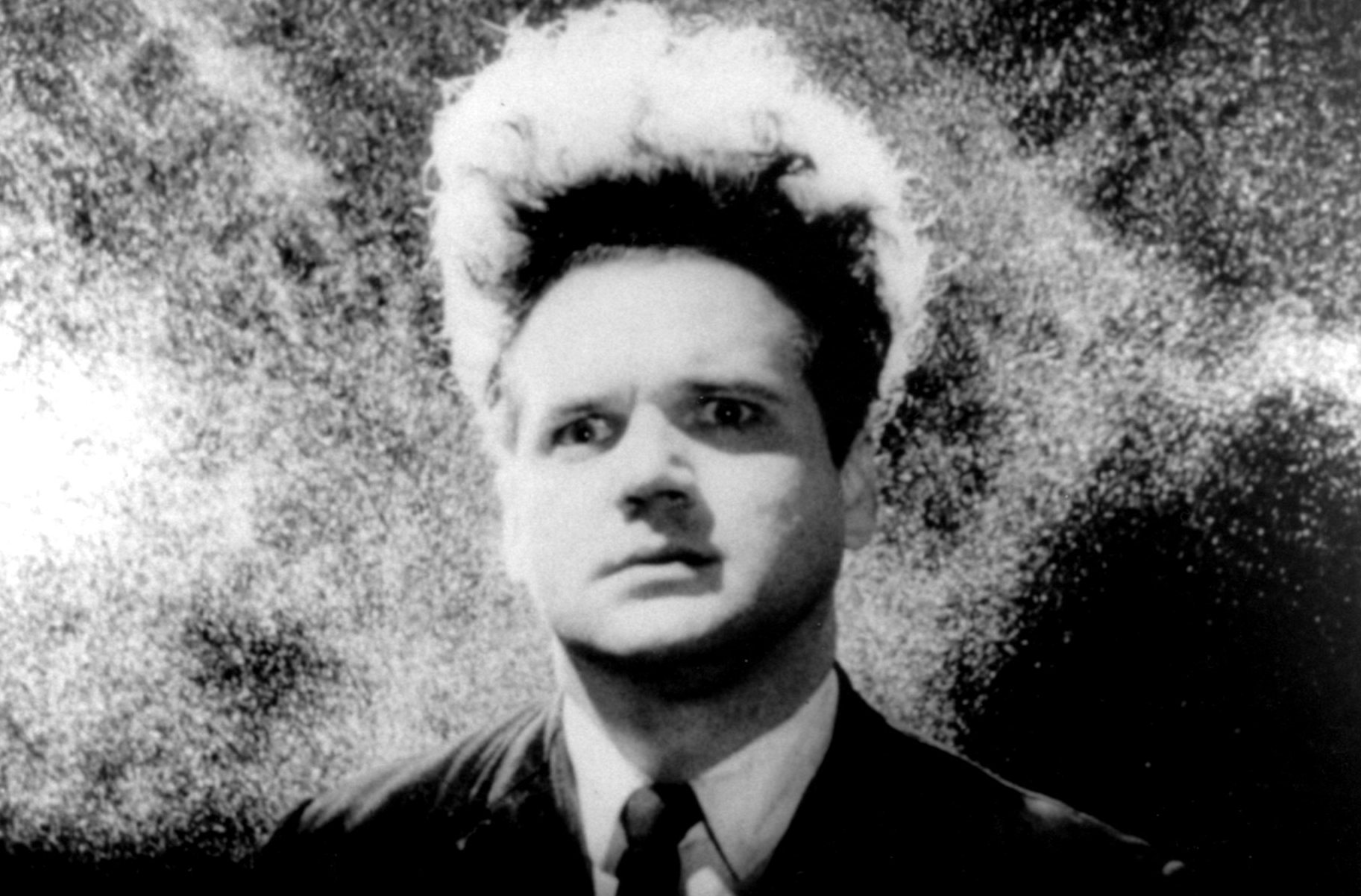
The debut film of David Lynch, and what he has called his most spiritual film, “Eraserhead” is a bizarre look into the life of Henry Spencer (Jack Nance) as his girlfriend becomes mysteriously pregnant and gives birth to a non-human looking baby that does nothing but cry. The film is encased with Lynch’s surrealist visuals and tones, leaving only a trace of a plot and a lot to be questioned.
Most of what initially disturbs people about this film are its surreal elements, such as random moments in space, incomprehensible things happening at dinner parties, and trips into radiators and eraser factories. But there is also the unsettling theme of unwanted children that brings the film into reality and gives the viewer an unsettling guilty feeling. “Eraserhead” has become a cult classic for its success at bringing surrealism to a much wider audience.
8. In a Glass Cage (1986)
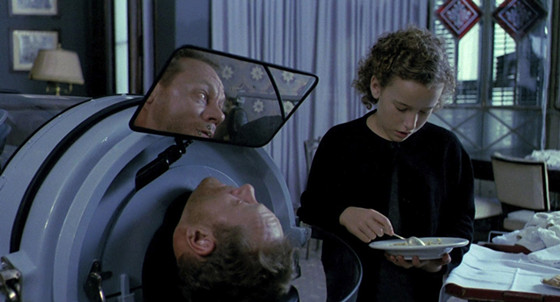
A Spanish film written and directed by Agusti Villaronga, “In a Glass Cage” revolves around a man named Klaus (Gunter Meisner), a former Nazi doctor who specialized in brutal experimentation on children. In the film, we find Klaus in exile, hiding from his crimes, but still raping and torturing young boys.
When one of his victims from the war finds him and steals incriminating evidence of his crimes, Klaus tries to kill himself by jumping out of a high tower, but fails and becomes contained to an iron lung. His victim, Angelo (David Sust), convinces Klaus and his family that he is a nurse, and moves in with the family.
This film is disturbing in obvious ways for the subject matter, torture, and gore. But it’s also disturbing for the perspective and actions of Angelo, as the film meditates around his desire to imitate Klaus instead of enacting any sort of revenge.
What makes the film disturbing is also what makes the film worth watching; the role of the victim in film is often limited to either just being the victim, or being obsessed with revenge. “In a Glass Cage” examines the role of the victim as interchangeable.
7. Gozu (2003)
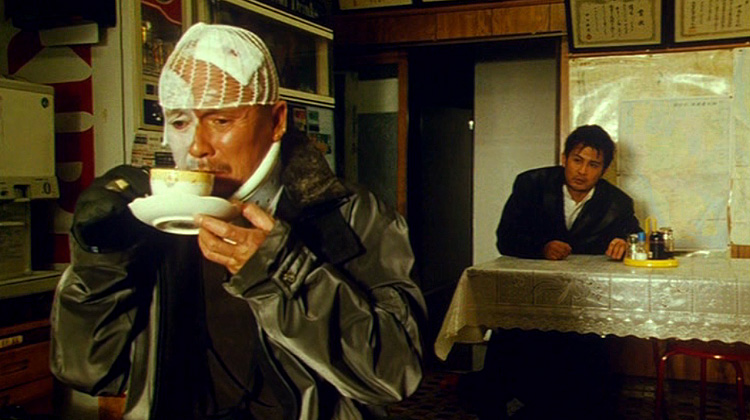
From beloved taboo director Takashi Miike, “Gozu” is a surreal film about a man’s search for his brother. Minami (Hideki Sone) loses his brother Ozaki (Sho Aikawa) in a small town the two are in while doing some mob related business.
Early in the film, the brothers get separated and the rest of the film is Minami’s search for his brother. With only a few characters featured throughout the film, it resonates a closed off and claustrophobic vibe while being reminiscent of elements of Greek mythology in Minami’s episodic quest.
Like “Eraserhead”, most of the disturbing elements of the film come from the disturbing sequences of images that are used for a surreal effect. The surrealism of the film does not overshadow the plot and adds to the odd experiences that Minami is having. “Gozu” is a must see for any Japanese horror or Takashi Miike fan.
6. Martyrs (2008)
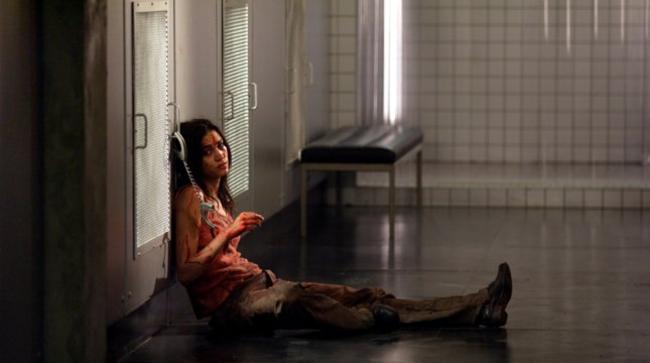
Certainly part of the New French Extremity movement, “Martyrs” is a French-Canadian film written and directed by Pascal Laugier. As a child, Lucie (Mylene Jampanoi) was held and tortured for many years but managed to escape. Fifteen years later, Lucie breaks in and murders what appears to be a normal family.
When she tells her best friend Anna (Morjana Alaoui) what she has done, Anna is horrified, even though she understands that Lucie believed that the family was the one responsible for her childhood.
When Anna is left alone at the house, she finds a secret basement where a girl is being held captive and has obviously been tortured for some time, proving that Lucie was right about the family. Anna tries to help her, but a group arrives at the house and shoots the girl.
The group restrains Anna and tells her that the point of their organization is to test the line between our reality and the afterlife. They do this by torturing people as much as physically possible without killing them in hopes of them achieving martyrdom.
The film exhibits the normal elements of extreme horror, which may be enough to disturb some viewers, such as a girl being skinned alive, but this film goes much further than its gory exterior. It explores Christian themes in a way that some Christians might not approve of, but is very effective nonetheless.